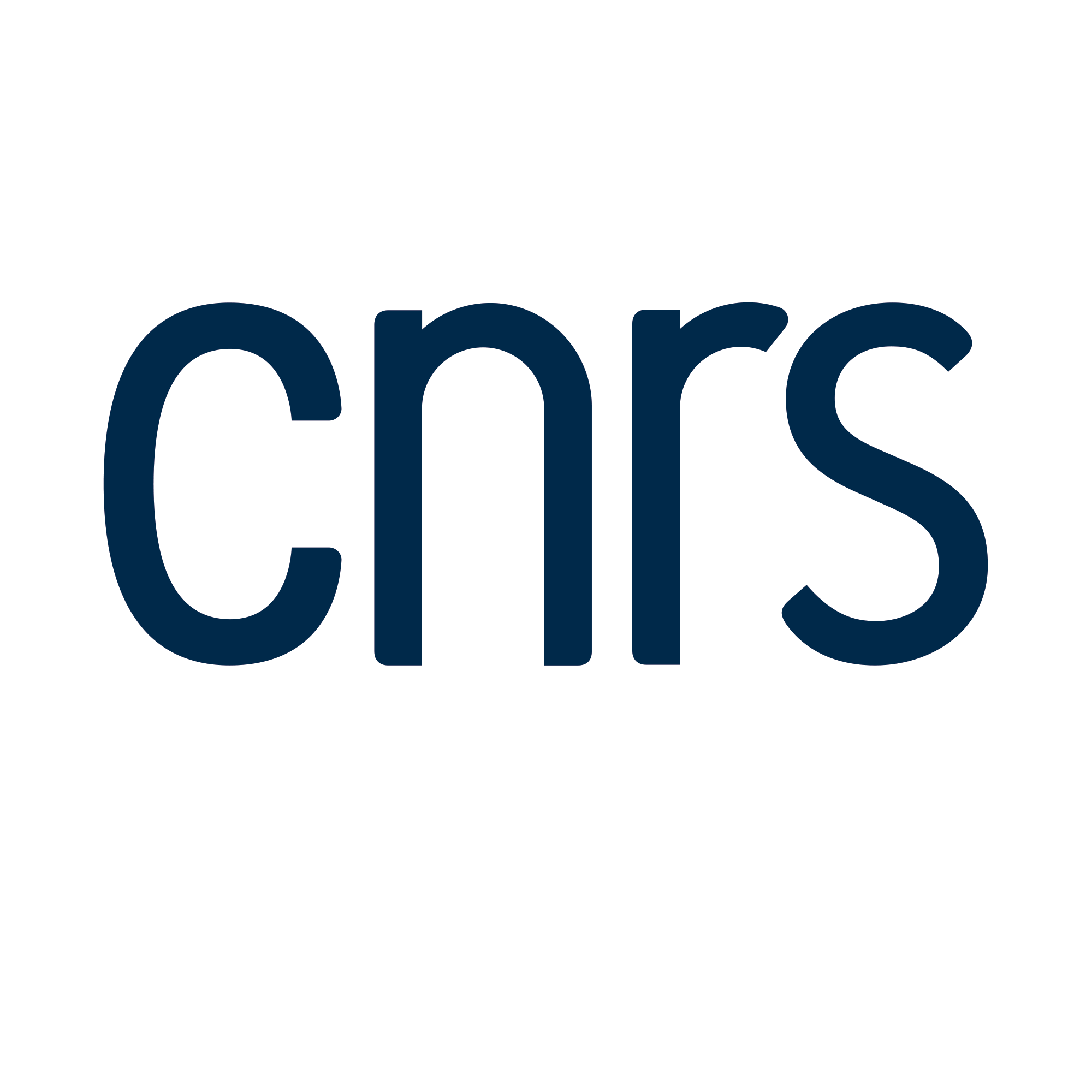The notion of causality is deeply rooted in our understanding of the world we live in: we typically understand the relationship between events in terms of causal relations, where some earlier events are causes for later events.
Now, we know that the quantum world is full of weird phenomena. Cats can be in indefinite states, both alive and dead at the same time — or rather: they can be in a "quantum superposition” of being alive and dead. Can we then also make sense of indefinite causal relations, e.g. of situations where an event A causes an event B, and B causes A at the same time, in a "quantum superposition"?
In this talk I will present a new mathematical formalism that has recently been introduced to study such situations that relax the classical notion of causality [1]. I will then show how to construct tools that allow one to verify, even experimentally, that a physical process does not have a definite causal order [2,3], and discuss possible applications for quantum information processing.
[1] Oreshkov et al., Nat. Commun. 3, 1092 (2012).
[2] Araújo et al., New J. Phys. 17, 102001 (2015).
[3] Branciard, Sci. Rep. 6, 26018 (2016).

